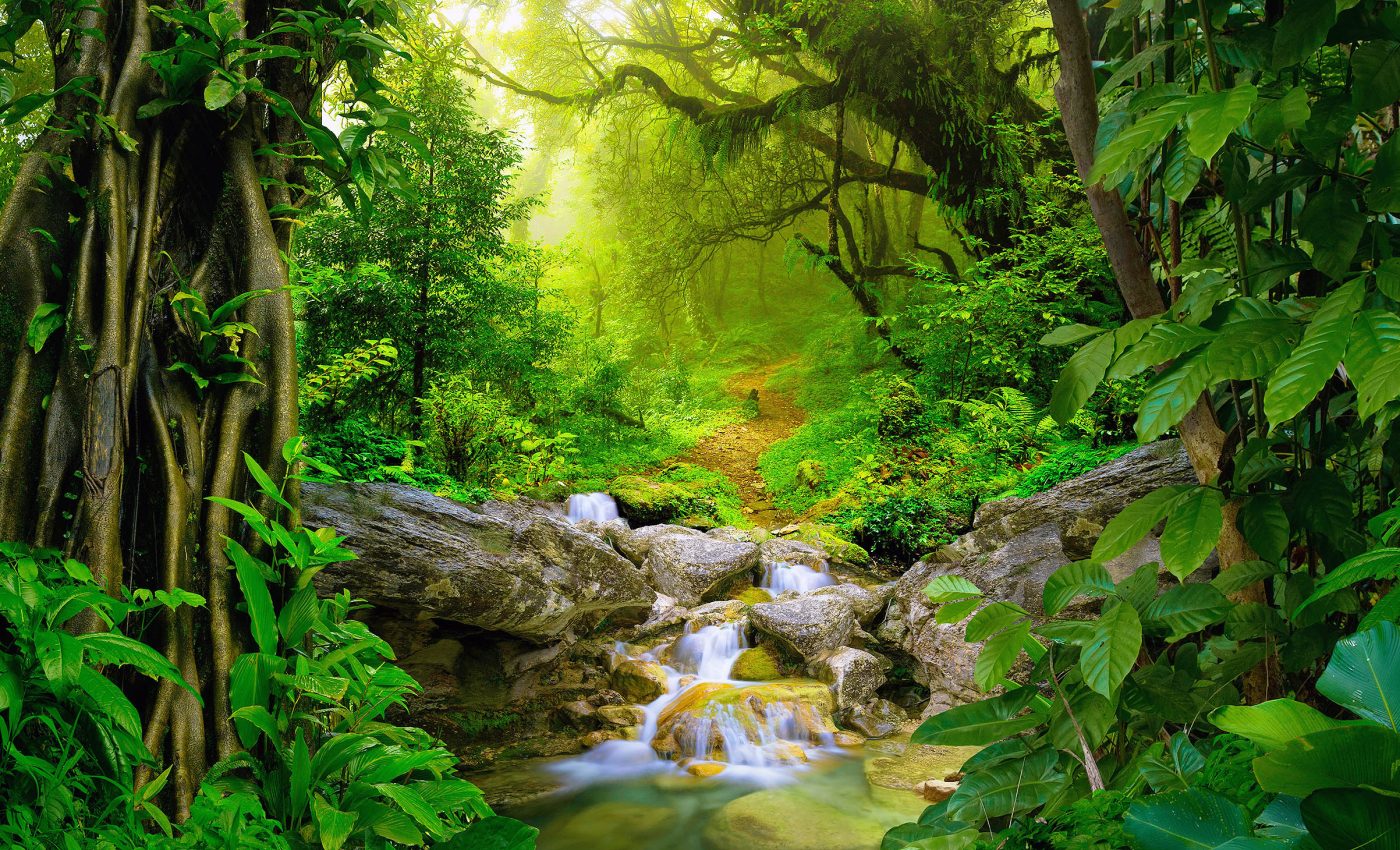
Human destruction of tropical forests is much worse than believed
Tropical forests – our verdant guardiansl against climate change, our shelters of unmatched biodiversity – are paying a higher price for human activity than we previously understood.
Eberhard Fritz from Max Planck Society and his team of global scientists have connected the dots between human activity and the ongoing degradation of these vital spaces, and their findings suggest we must rethink our understanding of the situation.
Human footprint on tropical forests
Fritz and his team embarked on a challenging quest, leveraging multiple remote sensing data streams and cutting-edge data analysis tools to survey the landscape of tropical moist forests and assess the long-term impacts of our activities.
The result is a perspective rarely seen before – the unfiltered reality of human-driven forest degradation, its long-lasting effects, and the urgency of the situation.
Their study reveals surprisingly high levels of degradation and fragmentation directly caused by human activities.
But the team didn’t stop at the boundaries of the forest; they dug deeper, exploring the intricacies of forest ecosystem dynamics and the consequences of our actions.
Ramifications of degradation
Fritz and his team used Global Ecosystem Dynamics Investigation (GEDI) technology from the International Space Station (ISS) to observe forest cover changes from 1990–2022. Their findings were illuminating.
They found that human activities like road and agricultural expansion or selective logging often reduce the height and biomass of the forest canopy by 20–30%.
These “edge effects” can also extend deep into the forest, leading to smaller canopy heights and reduced biomass even 1,500 meters inside what seems to be intact forest.
The impact is not only limited to the physical structure of the forest but also affects the biodiversity within these areas.
Species that depend on tall canopies and dense biomass for survival may find their habitats increasingly fragmented and inhospitable, creating further ecological imbalances.
Human activities and forest climate
Furthermore, the disruption caused by these activities can significantly alter microclimates, leading to potential changes in temperature and humidity levels within the forest.
These shifts may have cascading effects on the diverse flora and fauna that thrive there.
Understanding these impacts is crucial, as it highlights the intricate balance of ecosystems and the profound influence human activities can have on our natural world.
Unsurprisingly, these activities result in significant carbon emissions and biodiversity loss. Yet, our policies aimed at reducing greenhouse gases often overlook forest degradation, focusing instead on the more obvious signs of deforestation.
Domino effect of humans on tropical forests
“Cumulative human disturbances, e.g. due to unsustainable logging, fire, and edge effects are particularly important,” says Gregory Duveiller, co-author and project group leader at the Max Planck Institute for Biogeochemistry in Jena, Germany.
Such disturbances increase the likelihood of complete deforestation once 50% of the canopy height is lost. This significant reduction in canopy height disrupts the ecosystem, leading to a cascade of negative effects on biodiversity and soil health.
Moreover, degraded forests are more vulnerable to additional disturbances. Climate extremes, including severe droughts and intense storms, threaten their potential resilience and long-term future.
The compounded effects of these disturbances can lead to a vicious cycle of degradation. This makes recovery increasingly difficult.
“Taken together, the study shows that the degradation impacts on canopy structure are greater than previously reported,” adds Duveiller.
Urgent call for forest protection
In response to these alarming findings, Fritz and his team have called for a surge in efforts to prevent further degradation and protect our already degraded forests.
Their study serves as a clarifying lens, highlighting the urgency of the situation and the need for immediate action to meet the conservation pledges made at the recent United Nations Climate Change and Biodiversity conferences.
Can we rise to this challenge? Can we redefine our relationship with tropical forests and implement measures that will ensure their survival? Only time will tell, but one thing is certain – the clock is ticking.
So let’s roll up our sleeves, put our heads together, and work to protect these crucial ecosystems for the sake of our planet.
The study is published in the journal Nature.
—–
Like what you read? Subscribe to our newsletter for engaging articles, exclusive content, and the latest updates.
Check us out on EarthSnap, a free app brought to you by Eric Ralls and Earth.com.
—–













